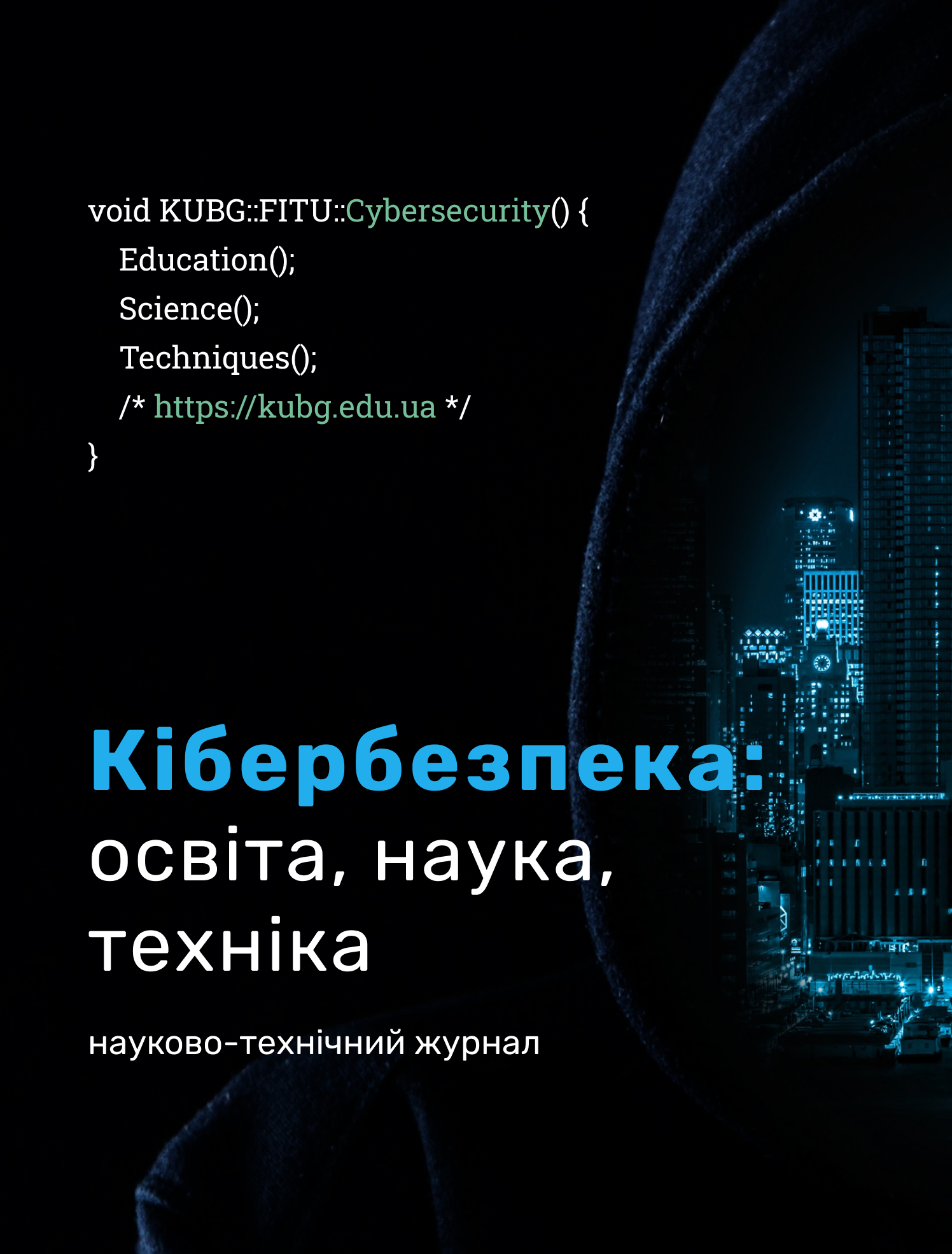PERFORMANCE EVALUATION OF LIGHTWEIGHT CRYPTOGRAPHY ALGORITHMS ON CONSTRAINED 8-BIT DEVICES
DOI:
https://doi.org/10.28925/2663-4023.2023.21.273285Keywords:
Internet of Things; IoT; network security; constrained devices; encryption algorithms; efficiency; throughput.Abstract
Various encryption algorithms can be implemented on constrained devices; however, not all of them are efficient. Employing inefficient security algorithms may lead to insufficient protection levels for information systems and disrupt their functionality due to lack of necessary resources. Therefore, developing new data protection models for transmitting information through open communication channels using constrained devices is a crucial task for ensuring information system security. This paper outlines the requirements for lightweight cryptography algorithms and establishes performance measurement metrics. The article analyzes, in terms of performance and efficiency on class 0 devices with 8-bit processors, modern lightweight encryption algorithms. According to the conducted analysis, research, and experiments, it has been found that the HIGHT algorithm demonstrates the highest encryption speed while consuming the most RAM among the tested algorithms. The XTEA algorithm has average performance metrics across all indicators and is generally balanced between encryption speed and required computational resources for operation. The NIST Isap finalist and the anticipated standardization winner, Ascon, show low efficiency on 8-bit constrained class 0 devices because they were developed targeting 64-bit processors. On the other hand, PRESENT is not efficient due to significant resource usage and low encryption speed.
Downloads
References
Microcontroller Market Size to Reach USD 69.08 Bn by 2032. (2023). Precedence Research - Market Research Reports & Consulting Firm. https://www.precedenceresearch.com/microcontroller-mcu-market
Katagi, M. & Moriai, S. (2012). Lightweight Cryptography for the Internet of Things. Sony Corporation.
Ibrahim, N. & Agbinya, J. (2022) A Review of Lightweight Cryptographic Schemes and Fundamental Cryptographic Characteristics of Boolean Functions. Advances in Internet of Things, 12, 9–17. https://doi.org/10.4236/ait.2022.121002.
Submission Requirements and Evaluation Criteria for the Lightweight Cryptography Standardization Process (2018). NIST. https://csrc.nist.gov/csrc/media/Projects/lightweight-cryptography/documents/final-lwc-submission-requirements-august2018.pdf
Information technology — Security techniques — Lightweight cryptography (29192-2:2012). (2021). https://www.iso.org/standard/56552.html
Borghof, J., et al., (2012). PRINCE—A Low-Latency Block Cipher for Pervasive Computing Applications. International Conference on the Theory and Application of Cryptology and Information Security, 208-225. https://doi.org/10.1007/978-3-642-34961-4_14
Biryukov, A.,. (2011). DES-X (or DESX). Encyclopedia of Cryptography and Security.
Hong, D., et al. (2006). HIGHT: A new block cipher suitable for low- resource device. International Workshop on Cryptographic Hardware and Embedded Systems, 46–59.
Lim, Y.-I., et al. (2009). Implementation of HIGHT cryptic circuit for RFID tag, IEICE Electronics Express, 6(4), 180–186. https://doi.org/10.1587/elex.6.180
South Korea Telecommunications Technology Associations (TTA) (2006). 64-bit Block Cipher HIGHT. (TTAS.KO-12.0040).
Wen, L., et al. (2014). Multidimensional zero- correlation attacks on lightweight block cipher HIGHT: improved crypt- analysis of an ISO standard, Information Processing Letters, 114(6), 322–330.
Hatzivasilis, G., et al. (2018). A review of lightweight block ciphers, J. Cryptograph. Eng., 8(2), 141–184.
McKay, K., et al. (2017) Report on Lightweight Cryptography (Nistir8114). NIST.
Juels, A., & Weis, S.A. (2005). Authenticating pervasive devices with human protocols, Proc. 25th Annu. Int. Cryptol. Conf. 293–308. https://link.springer.com/chapter/10.1007/11535218_18
Submission Requirements and Evaluation Criteria for the Lightweight Cryptography Standardization Process (2018). NIST. https://csrc.nist.gov/csrc/media/Projects/lightweight-cryptography/documents/final-lwc-submission-requirements-august2018.pdf
Published
How to Cite
Issue
Section
License
Copyright (c) 2023 Роман Черненко

This work is licensed under a Creative Commons Attribution-NonCommercial-ShareAlike 4.0 International License.




